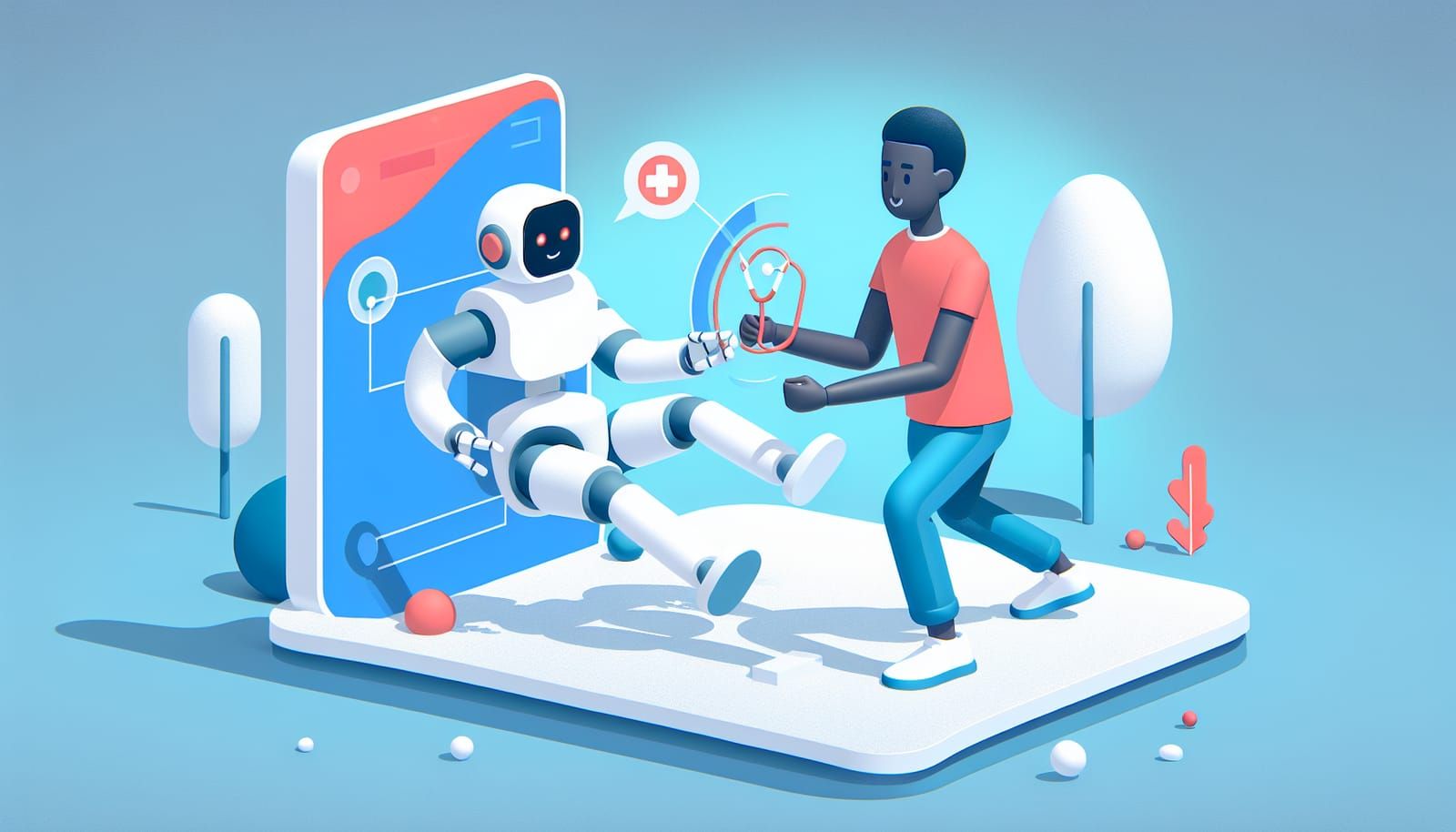The world is facing a significant challenge: feeding a growing population while minimizing waste and protecting the environment. As our global population continues to rise, it’s estimated that we will need to produce 70% more food by 2050. Luckily, artificial intelligence (AI) is stepping in to help farmers tackle this challenge head-on. From improving crop yields to reducing waste, AI is transforming the way we grow food.
What is Artificial Intelligence?
Before diving into how AI is helping farmers, let’s break down what artificial intelligence actually means. Simply put, AI is the ability of a computer or machine to perform tasks that typically require human intelligence. This includes things like understanding language, recognizing patterns, and making decisions based on data.
Imagine teaching a robot to recognize a ripe apple on a tree. By using AI, this robot can learn from countless images of apples, understanding not just what a ripe apple looks like but also when it’s the right time to pick it. This is just one example of how AI is being used in farming today!
Precision Agriculture: The Future of Farming
One of the most exciting ways AI helps farmers is through precision agriculture. This approach uses technology to ensure that crops receive exactly what they need, when they need it. Think of it as giving each plant a personalized care plan!
Using AI, farmers can analyze data from various sources, including weather forecasts, soil conditions, and crop health. This information helps them make informed decisions about when to plant, how much water to use, and when to harvest. For instance, if AI detects that a certain area of a field is drier than others, it can alert the farmer to water those specific plants, rather than the entire field.
Reducing Waste with Smart Technology
Food waste is a major issue globally. In fact, about one-third of all food produced each year is wasted! AI can help reduce this waste by improving supply chain management. This involves everything from taking crops from the farm to the grocery store.
For example, AI can analyze consumer purchasing patterns and predict how much of a particular fruit or vegetable will be needed at a grocery store. By using this information, farmers can harvest only what’s needed, reducing the amount of food that goes unsold and eventually thrown away.
Moreover, AI can also help in monitoring the freshness of food during transportation. Sensors equipped with AI can track temperature and humidity levels, ensuring that fruits and vegetables stay fresh and safe to eat.
Drones and AI in Farming
Another innovative application of AI in agriculture is the use of drones. These flying robots can survey large fields quickly and efficiently. Equipped with cameras and sensors, drones can collect data about crop health, soil conditions, and even detect pests.
For example, if a farmer notices that a section of their field looks different from the rest, they can send a drone to investigate. The drone can capture high-resolution images and use AI to analyze whether the plants are healthy or if they are suffering from a disease. This allows farmers to take action promptly, potentially saving their crops.
AI and Climate Resilience
Climate change is altering weather patterns and affecting crop production globally. AI can help farmers adapt to these changes. By analyzing historical weather data and current climate trends, AI can predict how different crops will perform under various conditions.
This information enables farmers to choose the right crops for their specific location and climate. For instance, if a region is expected to face more droughts in the coming years, farmers can opt for drought-resistant crop varieties, ensuring they continue to produce food even in challenging conditions.
Enhancing Soil Health with AI
Healthy soil is essential for growing healthy crops. AI can assist farmers in monitoring soil health and providing recommendations for improvement. By analyzing data from soil samples, AI can identify nutrient deficiencies and suggest the best fertilizers or amendments to add.
This not only enhances crop growth but also reduces the overuse of fertilizers, which can harm the environment. Farmers can apply just the right amount of nutrients their soil needs, promoting sustainability and protecting natural resources.
Conclusion: A Bright Future for Farming
The integration of AI in farming is not just a trend; it’s a revolution that helps farmers grow more food with less waste. By using technology to make informed decisions, farmers can increase their productivity while also being mindful of the environment.
As we face the challenges of a growing population and climate change, AI offers innovative solutions that can transform agriculture into a more efficient and sustainable practice. With the help of AI, we can look forward to a future where farmers can feed the world while preserving our planet for generations to come.
Whether you’re a seasoned farmer or simply curious about the future of food production, the impact of AI on agriculture is something we should all pay attention to. After all, who wouldn’t want to live in a world where we waste less food and grow more delicious fruits and vegetables?
As we continue to explore the exciting world of AI in agriculture, we can all play a part in supporting these advancements. Whether it’s through sustainable practices, supporting local farmers, or simply being mindful of food waste, we can contribute to a healthier planet and a brighter future for all!


